Gastrodia elata
Gastrodia elata
1. The products in our compound library are selected from thousands of unique natural products; 2. It has the characteristics of diverse structure, diverse sources and wide coverage of activities; 3. Provide information on the activity of products from major journals, patents and research reports around the world, providing theoretical direction and research basis for further research and screening; 4. Free combination according to the type, source, target and disease of natural product; 5. The compound powder is placed in a covered tube and then discharged into a 10 x 10 cryostat; 6. Transport in ice pack or dry ice pack. Please store it at -20 °C as soon as possible after receiving the product, and use it as soon as possible after opening.
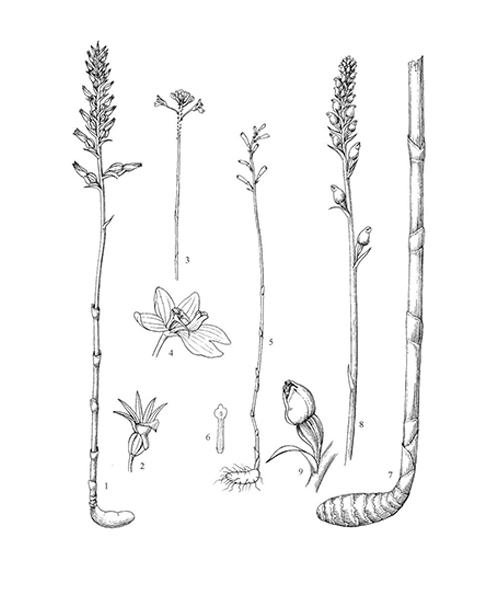
Natural products/compounds from Gastrodia elata
- Cat.No. Product Name CAS Number COA
-
BCN5890
Succinic acid110-15-6
Instructions
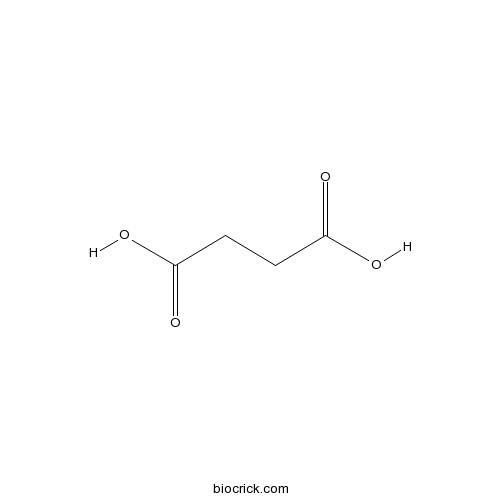
-
BCN5816
4-Hydroxybenzaldehyde123-08-0
Instructions
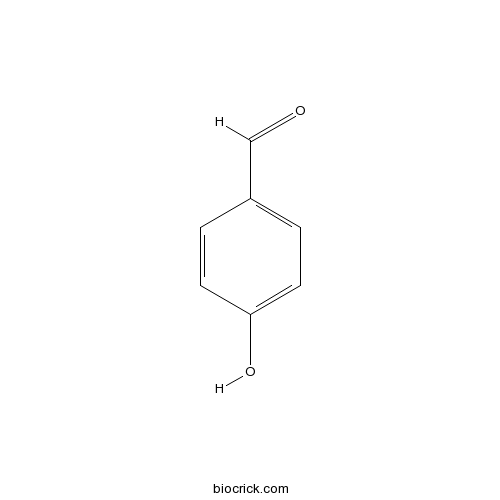
-
BCN3812
Parishin B174972-79-3
Instructions

-
BCN3813
Parishin C174972-80-6
Instructions

-
BCN8326
L-(-)-Fucose2438-80-4
Instructions
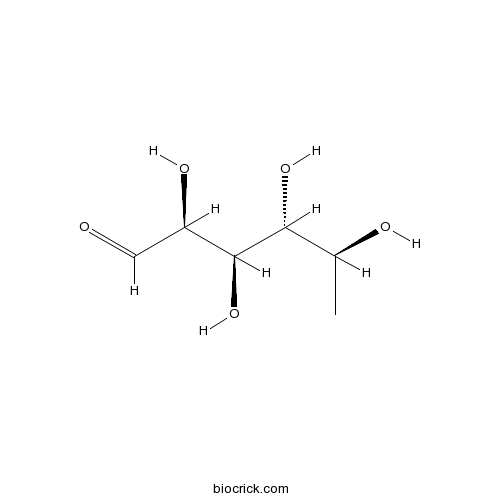
-
BCN5531
Daucosterol474-58-8
Instructions
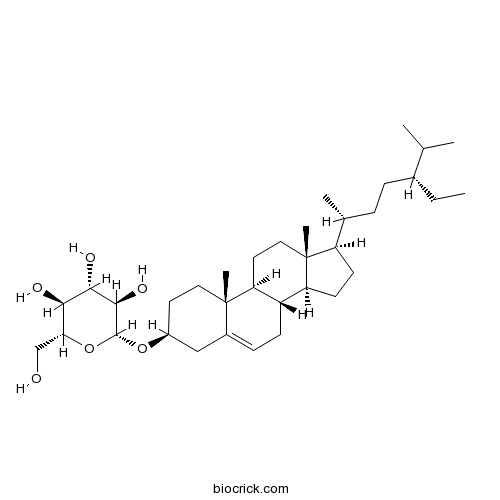
-
BCN3832
Vanillyl alcohol498-00-0
Instructions

-
BCN1206
Palmitic acid57-10-3
Instructions

-
BCN4090
Uridine58-96-8
Instructions
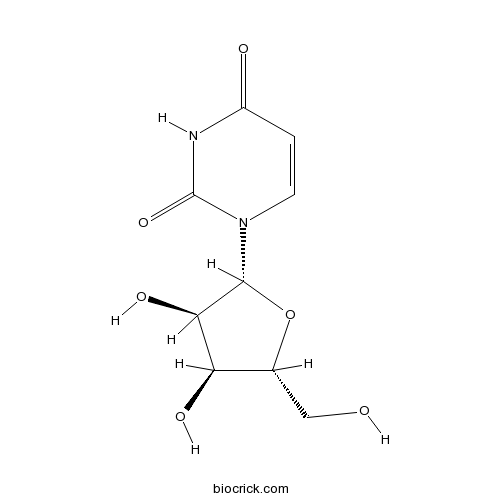
-
BCN4154
4-Hydroxybenzyl alcohol623-05-2
Instructions

-
BCN6306
Gastrodin62499-27-8
Instructions

-
BCC4450
Adenine73-24-5
Instructions

-
BCN1015
Beta-Sitosterol83-46-5
Instructions
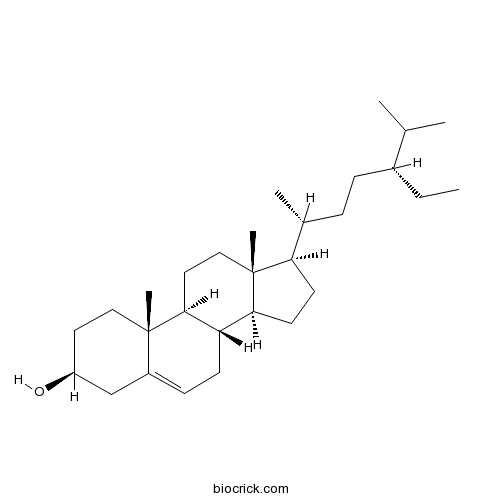
-
BCN4546
4-Hydroxybenzoic acid99-96-7
Instructions

Affiliation with Natural Products at KIB of Prof. Zhou Jun: On the Occasion of 80th Anniversary of Kunming Institute of Botany, CAS.[Pubmed: 30014450]
Prof. Zhou Jun, Academician of Chinese Academy of Sciences (1999), is a phytochemist and medicinal chemist of China. He is one of the pioneers of Kunming Institute of Botany, CAS and a major founder of the State Key Laboratory of Phytochemistry and Plant Resources in West China. The chemical compositions of some TCM from genus of Dioscorea, Aconitum, Panax, Paris, Cynanchum, Gastrodia, Dendrobium etc. and family Asclepiadaceae, Caryophyllaceae, Hypoxidaceae etc. have been explored by Prof. Zhou's team as steroids, triterpenoids, alkaloids, cyclic peptides and phenols etc., which revealed the main active composition of those TCM such as Panax notoginseng, Paris yunnanensis and Gastrodia elata.
Gastrodin pretreatment alleviates myocardial ischemia/reperfusion injury through promoting autophagic flux.[Pubmed: 29969626]
Gastrodin (GAS), a monomeric component exacted from the herb Gastrodia elata Bl, may have cardioprotective effects during injury caused by myocardial ischemia/reperfusion (I/R). For the significant role of autophagy in I/R process, we targeted to explore whether autophagy was contributing to the GAS-induced protective effects during I/R procedure. Male C57BL/6 mice were subjected to reversible left coronary artery ligation and cultured neonatal rat cardiomyocytes (NRCs) exposed to hypoxia were preconditioned with GAS prior to ischemia or hypoxia, following reperfusion for 2 h or re-oxygennation for 3 h respectively. Our results demonstrated that GAS pretreatment increased autophagy and reduced apoptosis during I/R, this effect was weakened by co-treatment with the autophagic flux inhibitor chloroquine (Cq). Compared to mice subjected solely to I/R, GAS-pretreated mice had a notably smaller heart infarct size and an elevation in cardiac function. In GAS-pretreated NRCs, WB data showed that autophagy was promoted (expression of p62 was inhibited and LC3II was increased). In addition, tandem fluorescent mRFP-GFP-LC3 assays illustrated that autophagosomes were degraded duo to an increase in autophagic flux. Co-administration of Cq blocked the autophagic flux. Furthermore, GAS pretreatment increased the mitochondrial membrane potential of NRCs with subjected to H/R and increased the cardiomyocyte survival rate. These protective effects were reversed with Cq. Besides, GAS-induced the enhaucement of autophagy may correlated with activating AMP-activated protein kinase (AMPK) phosphorylation and reduced Mammalian target of rapamycin (mTOR) phosphorylation, which was abrogated by Compound C (Com C, AMPK-specific inhibitor). Our results establish that GAS pretreatment attenuates myocardial I/R injury by increasing autophagic flux aimed at eliminating dysfunctional mitochondria, therefore protecting neighbouring mitochondria and cardiomyocytes.
Anti-neuroinflammatory effects of 20C from Gastrodia elata via regulating autophagy in LPS-activated BV-2 cells through MAPKs and TLR4/Akt/mTOR signaling pathways.[Pubmed: 29763880]
20C, a novel bibenzyl compound, is isolated from Gastrodia elata. In our previous study, 20C showed protective effects on tunicamycin-induced endoplasmic reticulum stress, rotenone-induced apoptosis and rotenone-induced oxidative damage. However, the anti-neuroinflammatory effect of 20C is still with limited acquaintance. The objective of this study was to confirm the anti-neuroinflammatory effect of 20C on Lipopolysaccharide (LPS)-activated BV-2 cells and further elucidated the underlying molecular mechanisms. In this study, 20C significantly attenuated the protein levels of nitric oxide synthase (iNOS), cyclooxygenase-2 (COX-2) and interleukin (IL)-1β, and secretion of nitric oxide (NO) and tumor necrosis factor (TNF)-α induced by Lipopolysaccharide (LPS) in BV-2 cells. Moreover, 20C up-regulated the levels of autophagy-related proteins in LPS-activated BV-2 cells. The requirement of mitogen-activated protein kinases (MAPKs) has been well documented for regulating the process of autophagy. Both 20C and rapamycin enhanced autophagy by suppressing the phosphorylation of MAPKs signaling pathway. Furthermore, 20C treatment significantly inhibited the levels of toll like receptor 4 (TLR4), phosphorylated-protein kinase B (Akt) and phosphorylated-mechanistic target of rapamycin (mTOR), indicating blocking TLR4/Akt/mTOR might be an underlying basis for the anti-inflammatory effect of 20C. These findings suggest that 20C has therapeutic potential for treating neurodegenerative diseases in the future.


